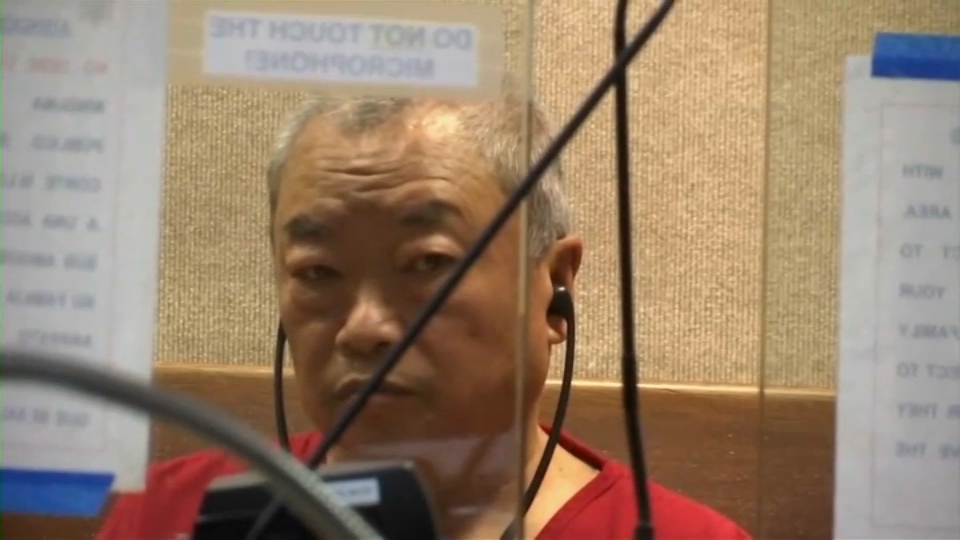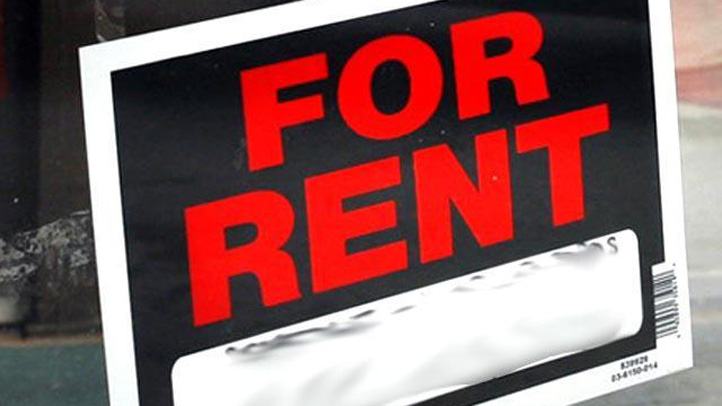Surrounded by a chain link fence, the empty lot attracts trash and unwanted furniture. But behind the heaps of garbage is a piece of Oakland history that preservationists want to save.
A one-of-a-kind industrial building at 5441 International Boulevard, which is contaminated with decades of industrial chemicals, might provide the leverage that activists need to make a major corporation do a better job of cleaning up and repurposing a toxic site.
It’s the "Chernobyl of East Oakland," said Naomi Schiff, a board member with Oakland Heritage Alliance, because General Electric is proposing to "encase it in concrete and just leave it."
GE made transformers on the 24-acre site until the 1980s. The remaining buildings, the soil and the groundwater are contaminated with polychlorinated biphenyls, or PCBs, and other toxic chemicals, according to a draft environmental impact report before the Oakland Planning Commission.
Schiff said the neglect of the toxic site is an example of environmental discrimination.
"If it were sitting next to a shopping center in Emeryville, we wouldn’t be talking about it in the same way and there’d be more attention paid and time for public comments," she said.
When the city of Oakland declared the site to be a public nuisance in 2011, GE applied for a permit to demolish the eight remaining buildings on the site, including a two-story brick building that was the original home of KGO-AM radio and has the city's top rating for historic and cultural preservation.
Local
The city’s Planning Department put a hold on the demolition permit because it determined that taking a wrecking ball to a historic building was "discretionary," said Pete Vollmann, a city planner overseeing the process. GE appealed.
Six years later, cleanup and remediation at the site continue, as regulated by the state Department of Toxic Substances Control. And the draft environmental report is finally before Oakland's planning commissioners.
It's not unusual for an environmental review to take years because the process moves "in fits and starts," Vollmann said.
But GE still hasn't filed the other half of their proposal, detailing exactly what they propose to do once the buildings have been torn down and the site is capped.
"We prefer to have these things go hand in hand. But [GE] wants the environmental impact report processed first," Vollmann said. "Right now, it's at a stand-still until they file the development application."
People have until Wednesday to weigh in on the draft environmental report, according to the planning department.
Now comments are rolling in, but mostly about the need to make the site productive and less of an eyesore, which isn't part of the environmental review process, Vollmann said. The proposal will go on to landmarks board and the full planning commission.
The Oakland Heritage Alliance argues that GE should rehabilitate some of the buildings and put the property to a better use after the pollution is cleaned up.
"GE's proposal would create a long term hole in the neighborhood," said OHA board member Naomi Schiff. "It seems like they think they can get away with it because it’s a sad little stretch of International Boulevard. But that's not the way to make a more viable East Oakland."
In an emailed statement, GE said it worked with the state Department of Toxic Substances Control remediate soil and groundwater contamination, including installing a groundwater treatment system, monitoring groundwater, excavating and capping soil, and restricting use of the site.
"GE continues to have constructive dialogue with the city, state and USEPA to manage historic environmental conditions and to reposition the site for productive reuse," the statement said.
Candice Elder of East Oakland Collective, a grassroots organization designed to get more East Oakland residents involved in politics, said she was disappointed that the comment period on the proposal was so short for a site that has sat empty for so long.
"That's a huge piece of land that should serve the community in some way, as offices or a work place or a park," Elder said. "We need to hold GE accountable, we shouldn't let them just slide."
Elder's main concern is how empty and gated lots contribute to urban blight. "That whole industrial area attracts illegal dumping. Remove the buildings, cap the soil and you make it a prime target for more graffiti, more dumping, more illegal activity," she said.
Vollmann said the land is zoned for industrial use, and due to the level of contamination, it would be very hard to clean it up enough to build a park or school or homes.
For her part, Schiff said Oakland has a couple of models it could follow.
One is a historic lead-tainted factory building in West Oakland, that was redeveloped and is now 90 apartments as the Lampwork Lofts.
Another is Union Point Park, which includes a 9-acre brownfield that was capped and turned into a place for bayside recreation adjacent to the park-poor neighborhoods of Fruitvale and San Antonio.
"We’re not saying that [GE] has to clean it up to the level that you can put a swimming pool in it. We get it. But just because it looks blighted now, doesn't mean it should be ignored," Schiff said. "GE is not broke. They have money and we’d like them to spend some in East Oakland."



